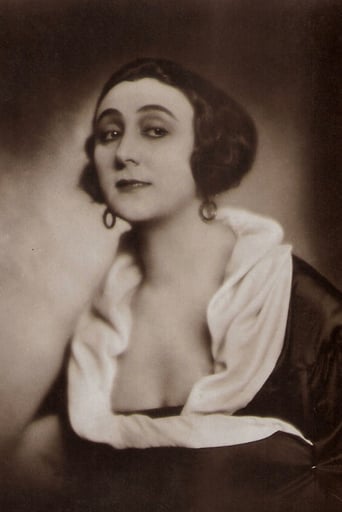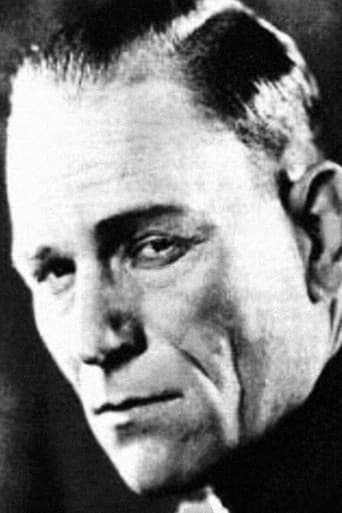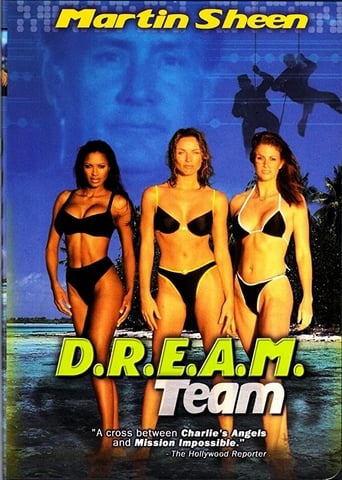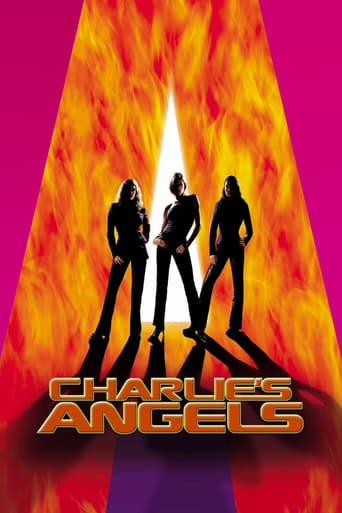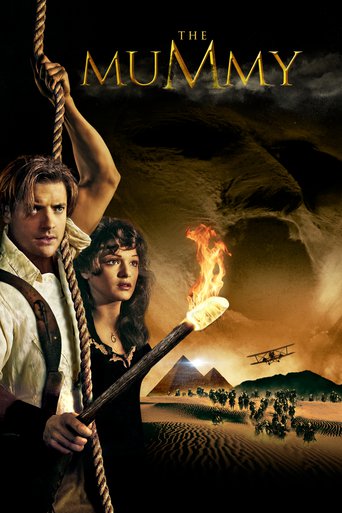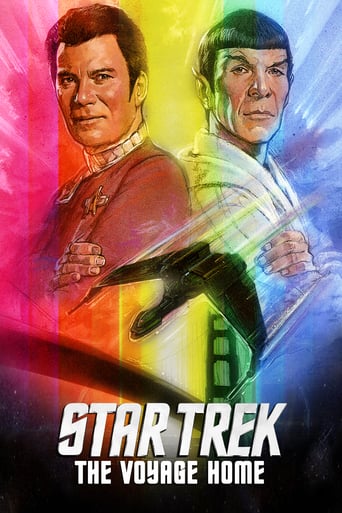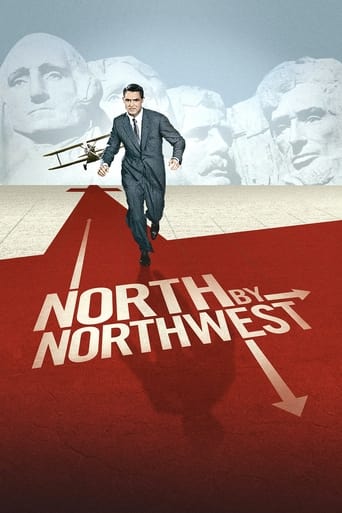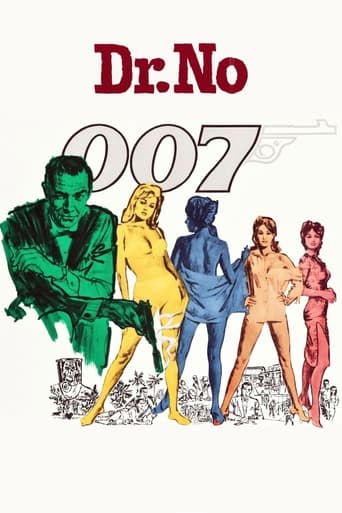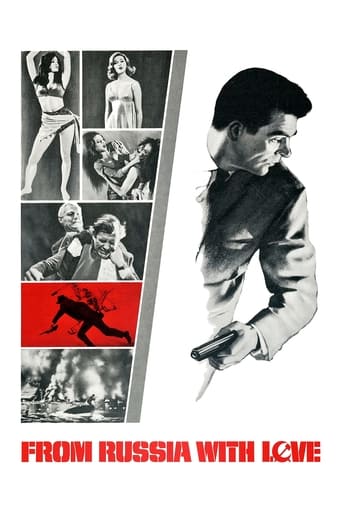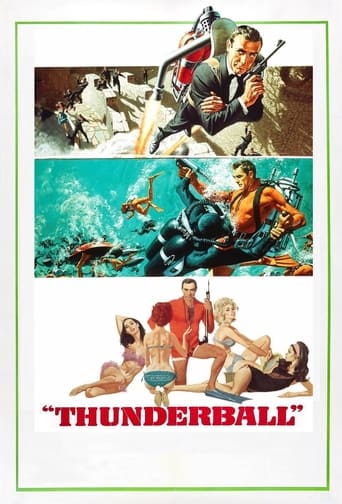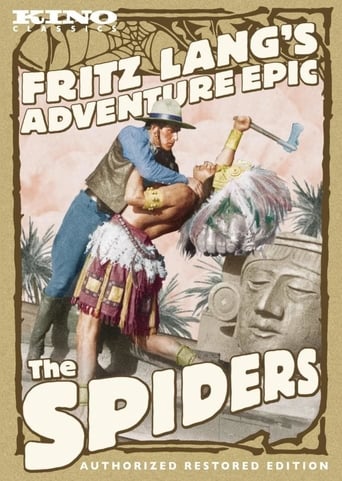
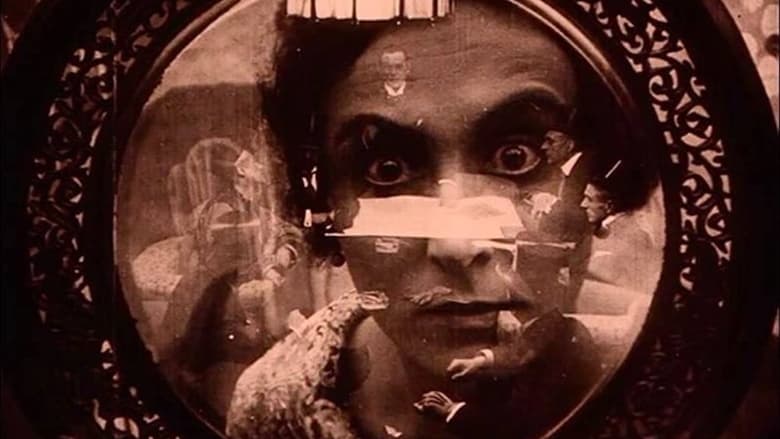
The Spiders: Part 1 - The Golden Sea (1919)
In San Francisco, well-known sportsman Kay Hoog announces to a club that he has found a message in a bottle with a map drawn by a Harvard professor who has gone missing. The map tells of a lost Incan civilization that possesses an immense treasure. Hoog immediately plans an expedition to find it. But Lio Sha, the head of a criminal organization known as the Spiders, is determined to get the treasure for herself and plans a rival expedition.
Watch Trailer
Cast


Similar titles
Reviews
A waste of 90 minutes of my life
The story-telling is good with flashbacks.The film is both funny and heartbreaking. You smile in a scene and get a soulcrushing revelation in the next.
Exactly the movie you think it is, but not the movie you want it to be.
The acting is good, and the firecracker script has some excellent ideas.
"Die Spinnen, 1. Teil - Der Goldene See" is a German full feature film from almost 100 years ago. It was intended as the first of 4 films, but in the end, there was only one sequel. The protagonist is played by Carl de Vogt, but the most prominent cast member today is probably Lil Dagover. I am not too big on silent films (don't be fooled by the soundtrack) or adventure films in general, but I enjoyed this one. The version I saw only went for 55 minutes, so I guess they sped things up or some scenes were missing here, possibly lost. One good aspect is that there were definitely enough intertitles, something these very old films are badly in need of. Also the acting was solid, even if I wasn't too moved by the love story. But I liked how writer and director Lang did not go for happy endings in here, but for realism. And as many other times with his works, there is a sinister criminal organization playing a major role. The Spiders are not really spiders, but said organization. And there are definitely many moments during which I felt I was watching a very very old Indiana Jones movie. I also liked the prologue with the guy on the island. Not the main character, but he made a nice initialization to the movie. I will certainly watch the sequel after this one. I hope it's equally good. Recommended.
Imagine waking up and turning over to your lover only to find her missing and a huge black spider on her pillow. Imagine parachute jumping from a hot-air balloon high above the ruins of an Incan city in Mesoamerica. Imagine the chief protagonist dressed like Batman sans cape and living shipboard in a crate complete with your favorite liquors, a reading library and arsenal. Imagine a primary character name Kay Hoog – who happens to be a man. If you can imagine that, then it might be a flash-back to this film. Fritz Lang showed his filmmaking genius early in his career with "The Spiders." These two first installments, beg for a remake and for some creative effort to produce the final two segments - "The Secret of the Sphinx" and "For Asia's Imperial Crown" - that were never made.
In 1919 Fritz Lang passed up the opportunity to direct the now better-known Cabinet of Doctor Caligari, arguably the first German Expressionist Film, in order to make this apparently lightweight and simplistic adventure yarn. This is perhaps a surprise for those who see Lang as obsessed with deep and dark psychological studies but, in truth, Lang had a passion for easygoing comic book fare. Here Lang gets to indulge an action-adventure streak that carries through his work right up to his Indian diptych of 1959.It has to be said, the story of The Spiders' is paper-thin. Lang would construct far stronger plot lines in his collaborations with Thea von Harbou, but he penned this one on his own. His approach to storytelling is almost childlike, full of bizarre turns and constantly changing location and pace, as if to cram in as many ideas as possible. Yes, it's altogether flimsy and lacking in any depth, but it barely matters when the plot functions largely as an excuse for leading onto the next action set piece. It actually also occurred to me that Kay Hoog abandoning his yacht race to embark on a search for treasure might be a tongue-in-cheek reference to Lang's rejection of the Caligari project. Unlikely, but it would be very apt.As to Fritz Lang's abilities as a filmmaker, well, he had a fair way to go still in terms of grasping the form. In terms of staging action he follows the parallel editing techniques of DW Griffith. That's not a bad thing in itself, it's just that sometimes there's not enough correlation between the individual shots, and it gets a bit confusing as to where everyone is in relation to each other. Take for example the opening scene where an Inca stalks an explorer. We can infer that they are wandering around on the same cliff edge, but we don't really sense the danger the hunted man is in. Lang could have solved this by throwing in a point-of-view shot of the Inca looking down at the explorer or, better still, have the Inca appear in the frame behind and above him in a long shot. It's as if Lang knows what the script demands, but can't visualise the finished product and isn't experienced enough to know what will and won't work.What is distinctive about The Spiders however, and what makes it recognisable as one of Lang's, is its use of space. Lang trained as an architect at one point in his youth, and this is reflected in his shot composition. The sets here were designed by Hermann Warm, and they are very impressive so Lang was almost obliged to show them off, but it's the way he shoots them and the actors within them that is unique to him. While they are not as stark and stylised as the very typically Langian sets of the Dr Mabuse films or Metropolis, they are used in the same way. Lang often shows characters dwarfed in massive rooms, even when normal film convention would demand a mid-shot. He also likes to form geometric patterns in his shots, often with converging or criss-crossing diagonals. In fact, so good is Lang at showing off the architecture in The Spiders, it's actually to the detriment of the actors. He hasn't yet learnt how to focus our attention on the most important points of action.For all its flaws, The Spiders can be enjoyed as the pure and simple adventure flick that it is at heart leaping from espionage to western to human sacrifice at the drop of a hat. It's very much in the tradition of Indiana Jones or the Tintin books (in fact it may well have been a direct influence on Prisoners of the Sun). The only trouble is there are far betters books and films in that tradition, so perhaps this is really one for Fritz Lang completists only.
This first episode of Fritz Lang's "The Spiders" is an entertaining adventure story, and it is particularly notable for its imaginative settings and visuals, and for the way that each sequence leads smoothly into the next. The story is far-fetched, of course, but Lang tells it quite well, and it makes for enjoyable viewing.The basic setup of the sinister organization of "Spiders" involves some of the themes that Lang used in more detailed form in his Dr. Mabuse movies. Here, the story is strictly for entertainment purposes, and as such it works well. Ressel Orla is suitably elegant as the leader of the "Spiders", and she usually makes the best of her opportunities.The opening message-in-a-bottle scene sets the tone, establishing tension and mystery right away. From there, Lang builds up the story nicely, as the characters learn about the hidden treasure and compete with each other and with other adversaries to find it. His style here is similar to that in some of the best of contemporary action movies, such as the Indiana Jones films. Most of the scenes work well in themselves, and once it gets going, each scene also moves the story ahead immediately to the next scene, without letting you pause for breath.Lil Dagover also adds a lot in her role as the priestess. Carl de Vogt is adequate as the hero Hoog, but he does not have a lot of presence or charisma, and most of the energy level in the characters comes from the female leads.This episode got "The Spiders" off to a good start, and it is the best of the two segments that Lang actually filmed. It does not have the deep themes found in Lang's best movies, but as entertainment it works quite well.



